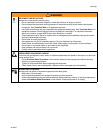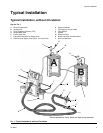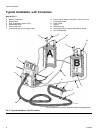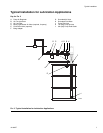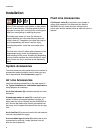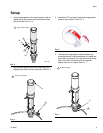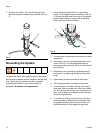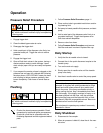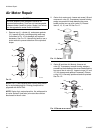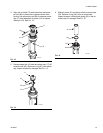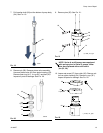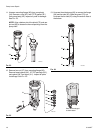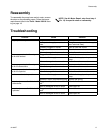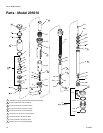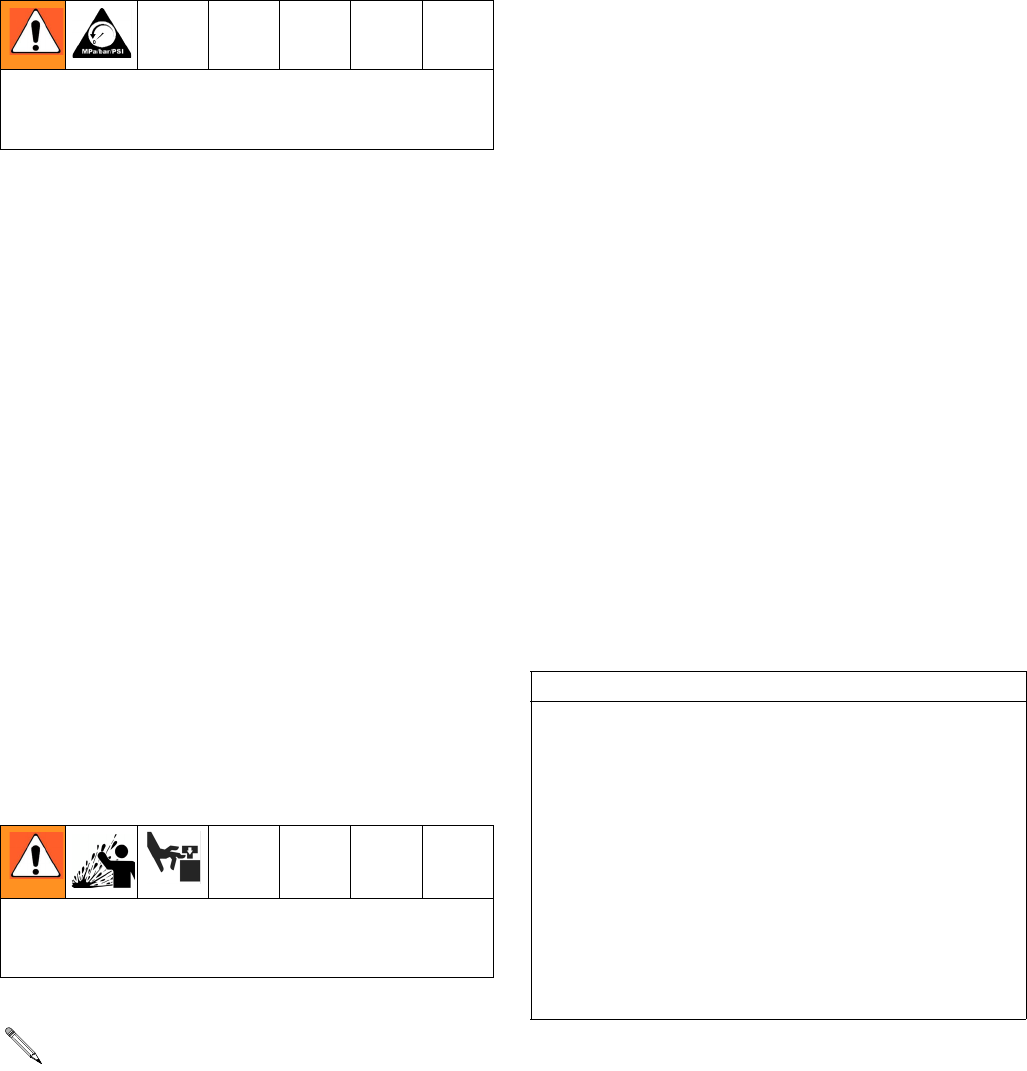
Operation
311882T 11
Operation
Pressure Relief Procedure
1. Engage trigger lock.
2. Close the bleed-type master air valve.
3. Disengage the trigger lock.
4. Hold a metal part of the dispense valve firmly to a
grounded metal pail. Trigger the valve to relieve
pressure.
5. Engage the trigger lock.
6. Open all fluid drain valves in the system, having a
waste container ready to catch drainage. Leave
drain valve(s) open until you are ready to dispense
again.
7. If you suspect the nozzle or hose is clogged or that
pressure has not been fully relieved after following
the steps above, VERY SLOWLY loosen the hose
end coupling to relieve pressure gradually, then
loosen completely. Clear hose or nozzle obstruc-
tion.
Flushing
1. Follow Pressure Relief Procedure, page 11.
2. Place suction tube in grounded metal drum contain-
ing cleaning fluid.
3. Set pump to lowest possible fluid pressure, and start
pump.
4. Hold a metal part of the dispense valve firmly to a
grounded metal pail. Trigger the dispense valve
until clean solvent dispenses.
5. Remove valve from hose.
6. Follow Pressure Relief Procedure, and remove
fluid filter and soak in solvent. Replace filter cap.
Daily Startup
1. Verify that the air needle valve is closed.
2. Connect the air line quick disconnect coupler to the
transfer pump
3. Turn on the main air supply.
4. Slowly open the air needle valve until the transfer
pump runs slowly.
5. Use the air needle valve to control the pump speed.
Daily Shutdown
1. Disconnect air line coupler.
2. When air pressure is bled off, close the air line nee-
dle valve.
Trapped air can cause the pump to cycle unexpect-
edly, which could result in serious injury from splashing
or moving parts.
Trapped air can cause the pump to cycle unexpect-
edly, which could result in serious injury from splashing
or moving parts.
• Flush at the lowest pressure possible. Check
connectors for leaks and tighten as necessary.
• Flush with a fluid that is compatible with the
fluid being dispensed and the equipment wetted
parts.
Caution
Never allow the pump to run dry of the fluid being
pumped. A dry pump will quickly accelerate to a high
speed and could cause personal injury and/or dam-
age to the pump. If the pump accelerates quickly or
starts running too fast, stop it immediately and check
the fluid supply. If the supply container is empty or air
has been pumped into the lines, refill the container
and prime the pump and the lines with fluid, or flush
and leave it filled with a compatible solvent. Be sure to
eliminate all air from the fluid system.
Do not attempt to operate pump unless it is securely
mounted in a drum.



